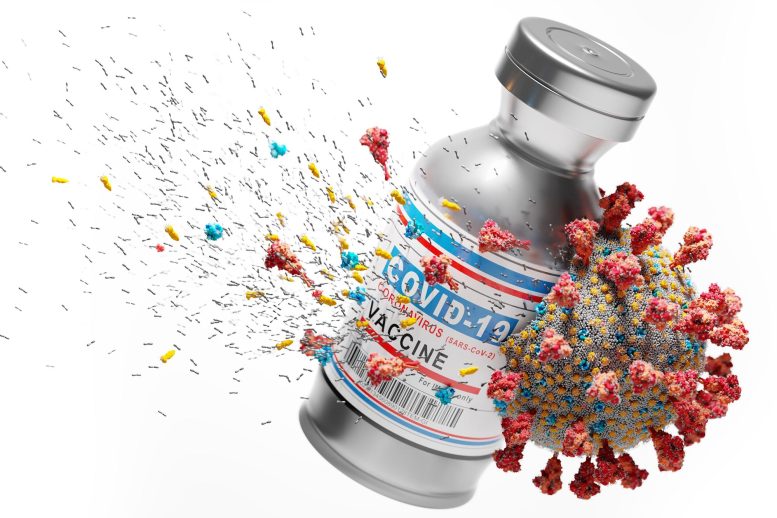
If proven to be effective, the inhalable COVID-19 vaccine could be self-administered on a large scale.
North Carolina State University researchers have created an inhalable COVID-19 vaccine.
Researchers have developed an inhalable COVID-19 vaccine that can be administered by the patient themselves using an inhaler and is shelf stable at room temperature for up to three months. The delivery mechanism for this vaccine, a lung-derived exosome known as LSC-Exo, was also shown to be more successful than the presently utilized lipid-based nanoparticles in evading the lung’s mucosal lining and can work effectively with protein-based vaccines.
Along with colleagues from UNC-Chapel Hill and Duke University, Ke Cheng, the Randall B. Terry Jr. Distinguished Professor in Regenerative Medicine at North Carolina State University and a professor in the NC State/UNC-Chapel Hill Joint Department of Biomedical Engineering, oversaw the development of the vaccine prototype from proof-of-concept to animal studies.
“There are several challenges associated with vaccine delivery we wanted to address,” Cheng says. “First, taking the vaccine via intramuscular shot is less efficient at getting it into the pulmonary system, and so can limit its efficacy. Inhaled vaccines would increase their benefit against COVID-19.
“Second, mRNA vaccines in their current formulation require cold storage and trained medical personnel to deliver them. A vaccine that is stable at room temperature and that could be self-administered would greatly reduce wait times for patients as well as stress on the medical profession during a pandemic. However, reformulating the delivery mechanism is necessary for it to work through inhalation.”
Exosomes (Exo) released by lung spheroid cells (LSCs) were employed by the researchers to deliver the vaccine straight to the lungs. Nanosized vesicles known as exosomes have recently gained recognition as an effective drug delivery method.
First, the researchers looked at whether LSC-Exo was able to deliver protein or mRNA “cargos” throughout the lungs. The researchers compared the distribution and retention of LSC-Exo to nanoparticles similar to lipid nanoparticles currently used with mRNA vaccines. In a paper in Extracellular Vesicle, the researchers demonstrated that lung-derived nanoparticles were more effective at delivering mRNA and protein cargo to bronchioles and deep lung tissue than synthetic liposome particles.
Next, the researchers created and tested an inhalable, protein-based, virus-like particle (VLP) vaccine by decorating the exterior of LSC-Exo with a portion of the spike protein – known as the receptor binding domain, or RBD – from the SARS-CoV-2 virus. A paper describing the research is published in Nature Biomedical Engineering.
“Vaccines can work through various means,” Cheng says. “For example, mRNA vaccines deliver a script to your cell that instructs it to produce antibodies to the spike protein. This VLP vaccine, on the other hand, introduces a portion of the spike protein to the body, triggering the immune system to produce antibodies to the spike protein.”
In rodent models, the RBD-decorated LSC-Exo vaccine (RBD-Exo) elicited the production of antibodies specific to the RBD, and protected the rodents, after two vaccine doses, from infection with live SARS-CoV-2. Additionally, the RBD-Exo vaccine remained stable at room temperature for three months.
The researchers note that while the work is promising, there are still challenges associated with large-scale production and purification of the exosomes. LSCs, the cell type used for generating RBD-Exo, are currently in a Phase I clinical trial by the same researchers for treating patients with degenerative lung diseases.
“An inhalable vaccine will confer both mucosal and systemic immunity, it’s more convenient to store and distribute, and could be self-administered on a large scale,” Cheng says. “So while there are still challenges associated with scaling up production, we believe that this is a promising vaccine worthy of further research and development.”
References: “Inhalable exosomes outperform liposomes as mRNA and protein drug carriers to the lung” by Kristen D. Popowski, Blanca López de Juan Abad, Arianna George, Dylan Silkstone, Elizabeth Belcher, Jaewook Chung, Asma Ghodsi, Halle Lutz, Jada Davenport, Mallory Flanagan, Jorge Piedrahita, Phuong-Uyen C. Dinh and Ke Cheng, 16 June 2022, Extracellular Vesicle.
DOI: 10.1016/j.vesic.2022.100002
“Exosomes decorated with a recombinant SARS-CoV-2 receptor-binding domain as an inhalable COVID-19 vaccine” by Zhenzhen Wang, Kristen D. Popowski, Dashuai Zhu, Blanca López de Juan Abad, Xianyun Wang, Mengrui Liu, Halle Lutz, Nicole De Naeyer, C. Todd DeMarco, Thomas N. Denny, Phuong-Uyen C. Dinh, Zhenhua Li and Ke Cheng, 4 July 2022, Nature Biomedical Engineering.
DOI: 10.1038/s41551-022-00902-5
The study was funded by the National Institutes of Health and the American Heart Association. North Carolina State University has filed a provisional patent on the technologies reported in those publications and the patent right has been exclusively licensed to Xsome Biotech, an NC State startup company co-founded by Cheng.

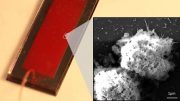
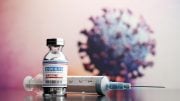

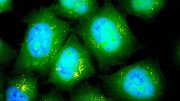
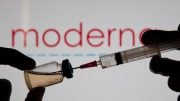
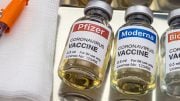

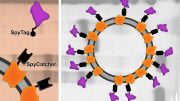
I’m curious what the anti vaxxers will think about this. Hopefully this spurs more people to get the vaccine.